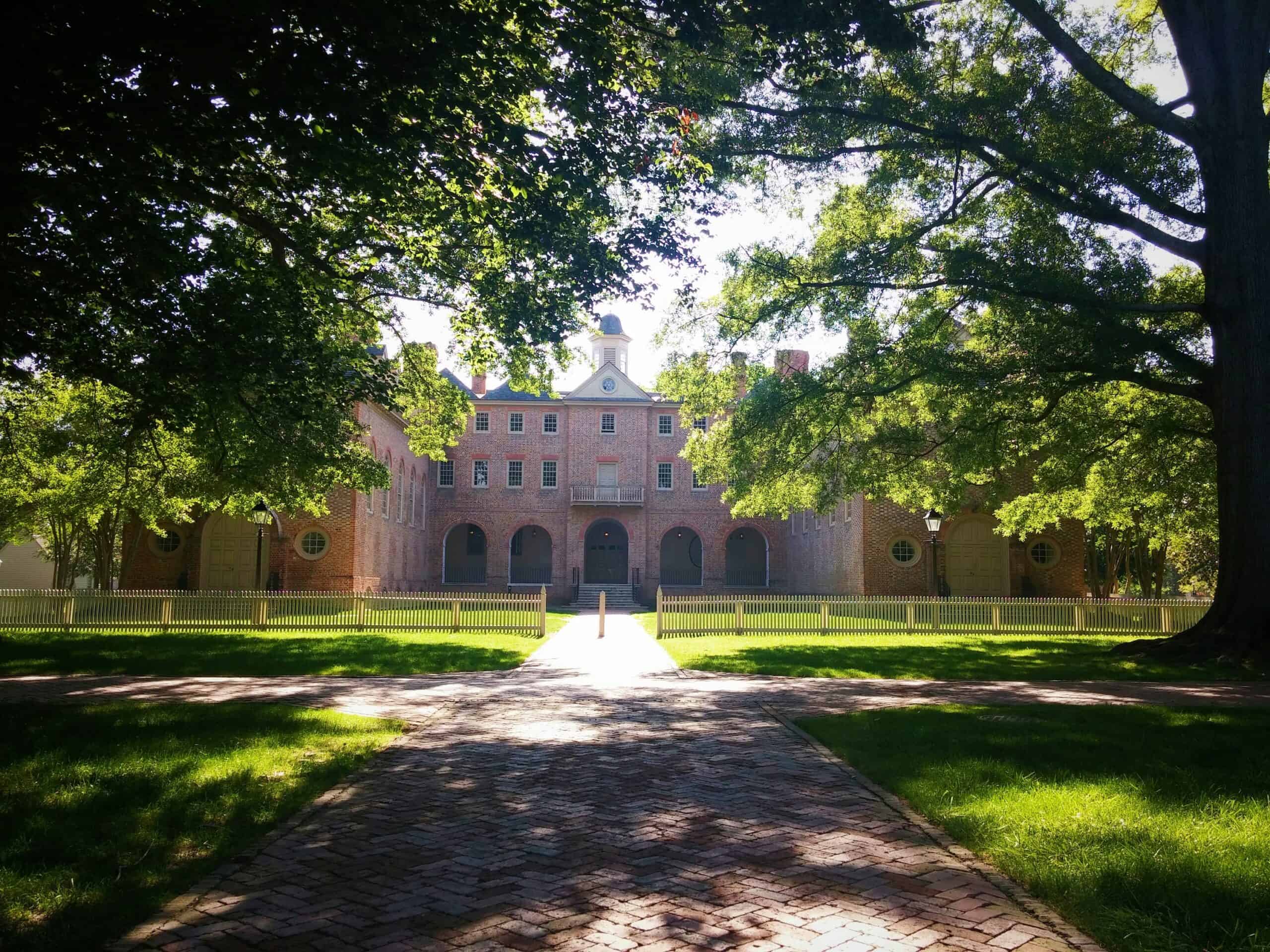William & Mary recently received its largest donation to date. Here’s where the $100 million will go.
History of William & Mary’s Marine Science Program
If not for a William & Mary president in the 1960s, there would be no marine science program to benefit from the school’s recent financial gift.
Davis Y. Paschall, the college’s president from 1960-1971, was instrumental in the development of the substantial academic programs of the Virginia Institute of Marine Science (VIMS) at Gloucester Point.
The Virginia Fisheries Laboratory was established in 1940 as a joint effort between W&M and the Virginia Commission on Fisheries (now the Virginia Marine Resources Commission). It was initially organized by Donald W. Davis, head of William & Mary’s biology department.
On Wednesday, the university announced that philanthropist Jane Batten had donated $100 million for the enhancement of its marine science program — the largest gift in W&M’s 331-year history. The existing school will be renamed the Batten School of Coastal & Marine Sciences.
Originally established “to pursue research and educational activities relative to the seafood industry of the state and to develop into a prominent center for the study of Marine Biology,” Paschall said in a 1970 report, the laboratory operated as a quasi-state agency.
When Paschall became president, master’s degrees in marine science were offered by the University of Virginia, Virginia Tech, and William & Mary. Paschall urged the board of visitors in 1961 to create a school of marine science with faculty also becoming lab staff.
The next year, the General Assembly renamed the laboratory the Virginia Institute of Marine Science, making it an independent state agency with its own administrative board. The three schools continued to provide all the graduate academic work.
In 1964, the State Council of Higher Education approved doctoral programs in marine science for W&M and UVA.
In the late 1960s, Paschall, along with UVA President Edgar F. Shannon Jr. and Virginia Tech President T. Marshall Hahn Jr., discussed the future of academic programs at VIMS. It was decided that William & Mary would take over the programs primarily due to the location of W&M and VIMS, and the fact that the VIMS staff was part of the W&M faculty, Paschall told reporters.
By 1970, the 35-member VIMS staff served as faculty of the School of Marine Science, offering more than 30 courses at the Gloucester Point campus, Paschall wrote in a 1960-1970 report. Additional professors from other departments at W&M were associated with VIMS to strengthen its offerings to students.
Virginia Tech decided to move to an academic program focused on fish and wildlife conservation, while UVA decided its new direction would be on what now has become environmental science.
Read More Virginia News
This article may have been created with the assistance of AI.



